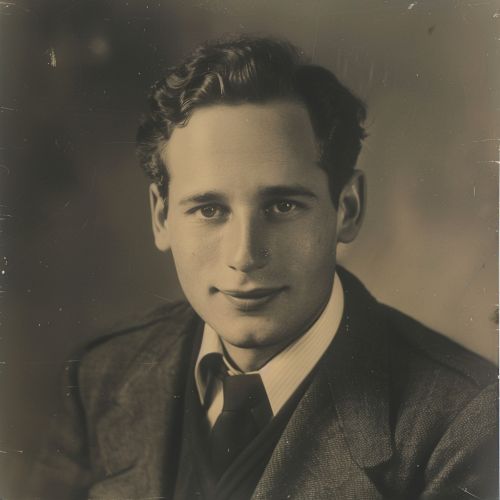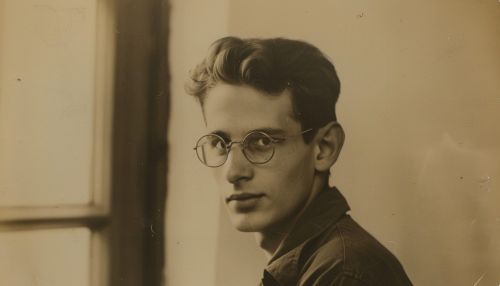Julian Schwinger
Early Life and Education
Julian Schwinger was born on February 12, 1918, in New York City. He displayed a prodigious talent for mathematics from an early age. At 14, he graduated from Townsend Harris High School, a public school for gifted students, and entered the City College of New York. Schwinger's mathematical prowess caught the attention of I. I. Rabi, a Nobel laureate in Physics, who arranged for him to be admitted to Columbia University as a graduate student at the age of 17.


Career and Contributions to Physics
Schwinger's early work was in the field of quantum electrodynamics (QED), where he developed a relativistically invariant perturbation theory. His approach, now known as the Schwinger-Dyson equations, was a major contribution to the field. He also made significant contributions to the theory of nuclear forces and the development of source theory.
In 1947, while at Harvard University, Schwinger reformulated quantum electrodynamics, incorporating the ideas of Richard Feynman and Sin-Itiro Tomonaga. This work led to the prediction of the Lamb shift in hydrogen spectra, a prediction that was soon confirmed experimentally. For this work, Schwinger shared the 1965 Nobel Prize in Physics with Feynman and Tomonaga.
Schwinger's later work included the development of the Green's function in many-body theory, the introduction of the Schwinger effect, and the formulation of the theory of magnetic charge. He also made significant contributions to the field of quantum field theory.
Personal Life and Legacy
Schwinger married Clarice Carrol in 1947, with whom he had a son, Harold. He was known for his intense focus on his work, often working late into the night. Schwinger passed away on July 16, 1994.
Schwinger's contributions to the field of physics have had a lasting impact. His work on quantum electrodynamics and quantum field theory continues to be a cornerstone of modern theoretical physics. His methods and approaches have been widely adopted and expanded upon by subsequent generations of physicists.
